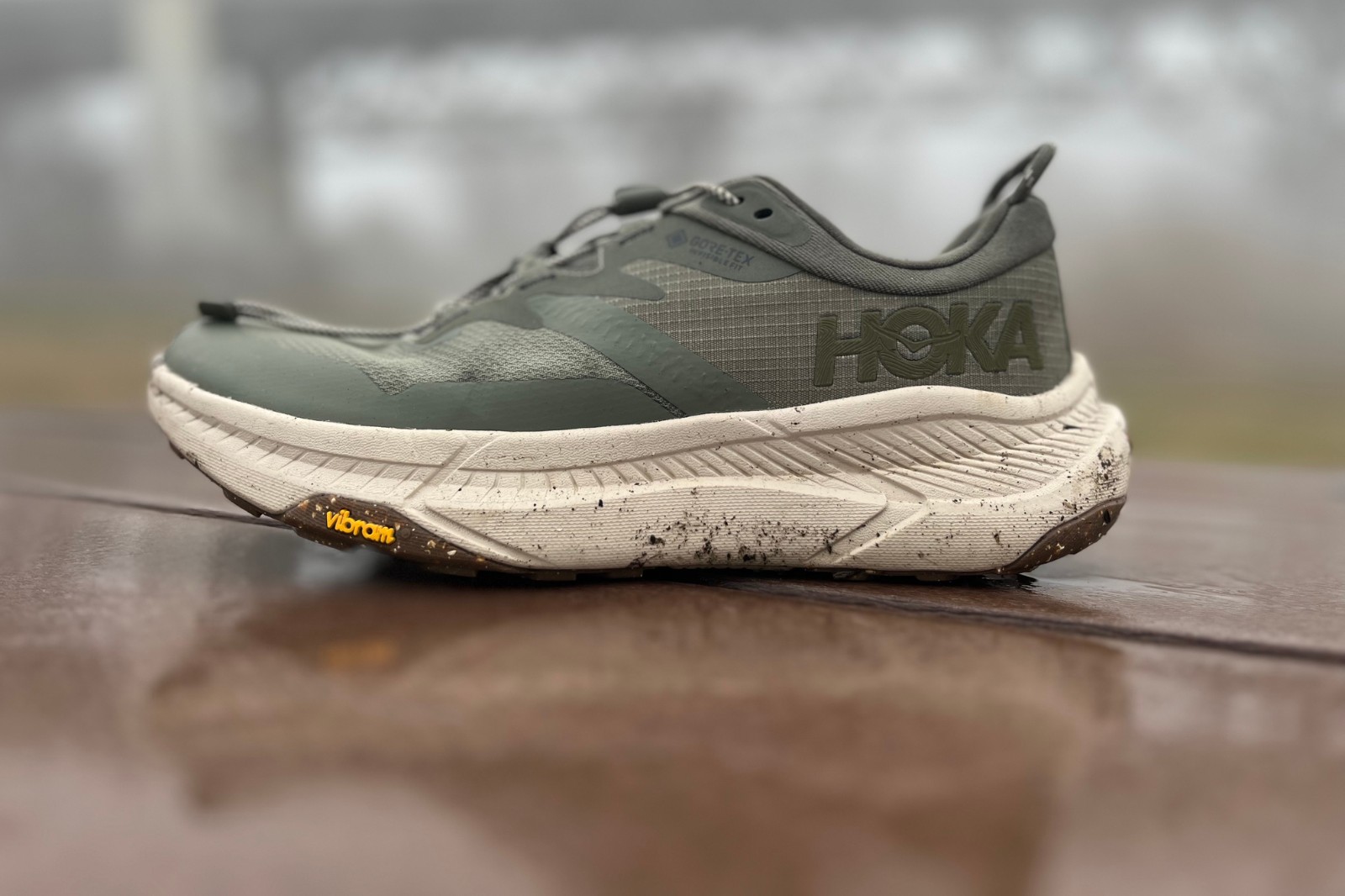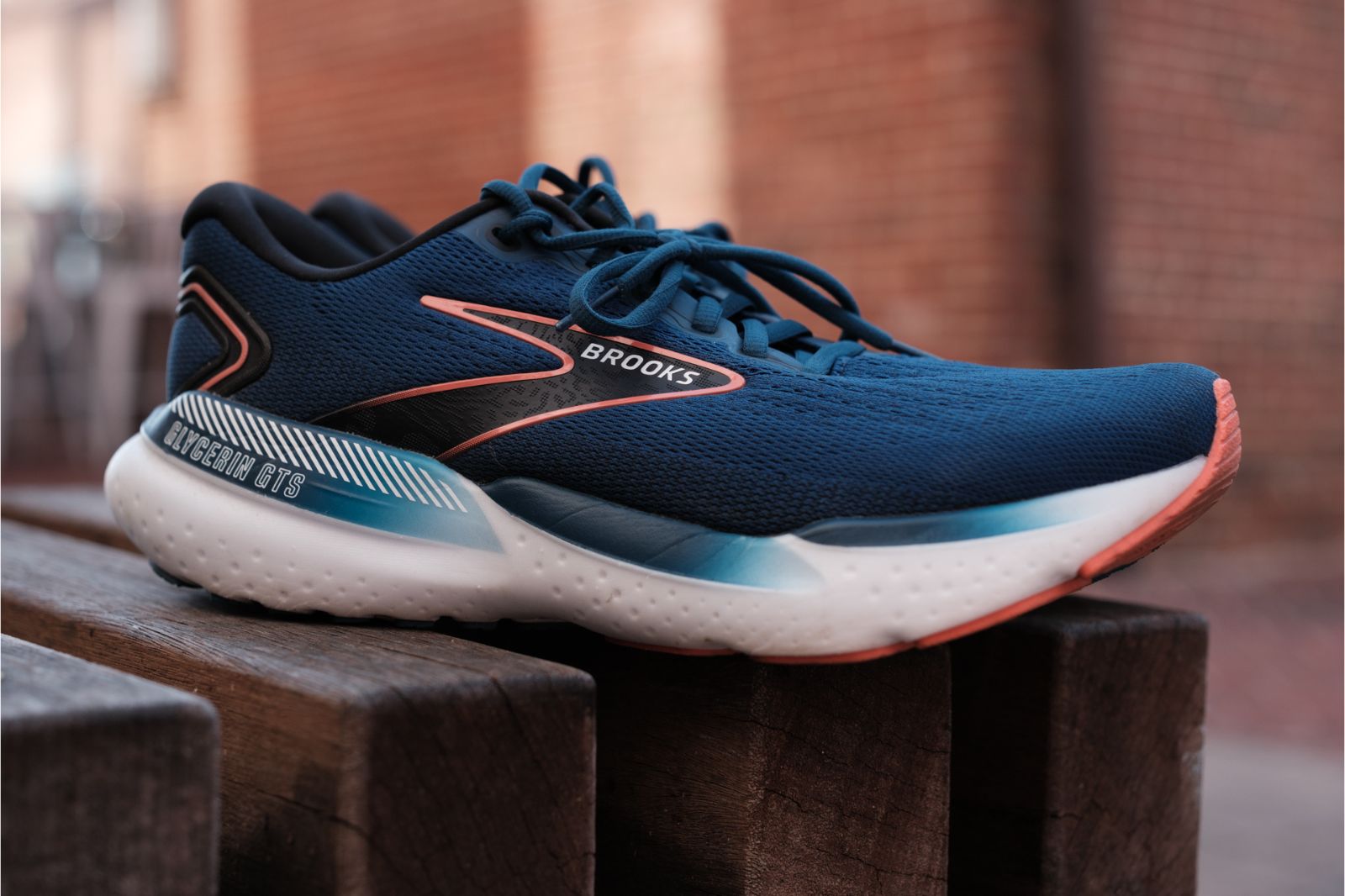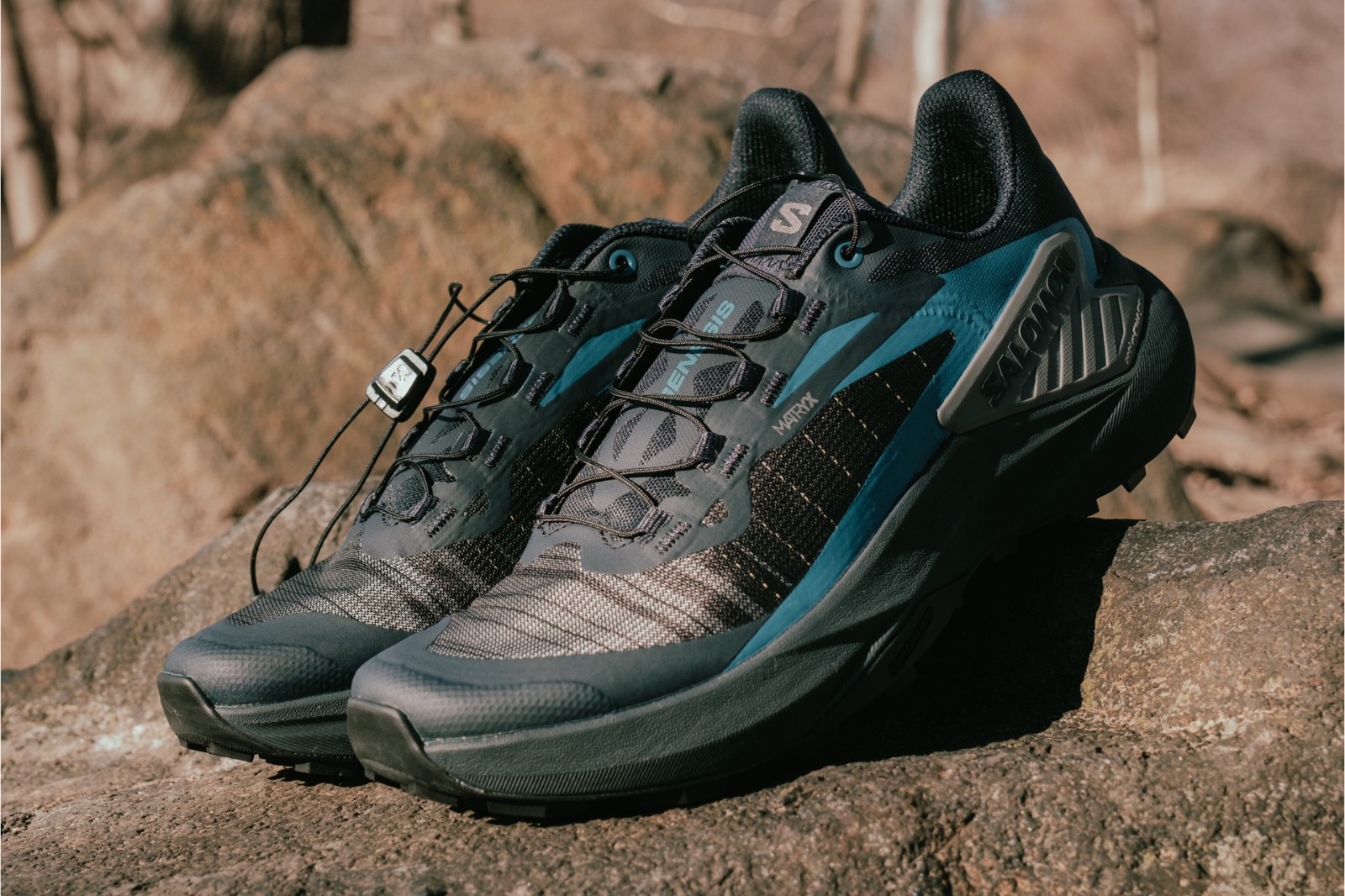
We independently review everything we recommend. When you buy through our links, we may earn a commission.
9.5 oz. (269 g) for a US M9
8.5 oz. (242 g) for a US W7.5
34 mm in heel, 26 mm in forefoot (8 mm drop)
Training and trail racing up to 50k
Energy Foam midsole, Active Chassis, Contagrip outsole, woven Matryx upper

TAYLOR: Salomon, the grandfather of modern-day trail running, well, everything, is back at it. I feel like most of my recent Salomon reviews have started with nearly the same sentence. They’re responsible for so many brands and runners entering the space, and they’ve paved the way for industry-wide innovation. Any time I have the chance to check out something new from Salomon, I’m like a duck on a Junebug. My heart rate spikes just like it did getting my first pair of trail shoes (the Salomon X-Mission).
From an American perspective, Salomon hasn’t held the same weight it did a couple of years ago. They obviously never left the space, but the rise of ultra running, along with the ebbs and flows of minimal to maximal, has opened the door for the masses to enter the space, too. Salomon’s origins don’t really fit either of those categories, anyway, even though they have offerings that fit within them. At the end of the day, though, Salomon has always been a finely tuned, technical brand all the way down.
And, you know what? It works for me. I’ve loved a lot of offerings from the Sense Ride, Ultra Glide, and Pulsar ranges. If we’re honest, though, those are Salomon’s stabs at what was trendy at the time. So, when something like the S/Lab Genesis came onto the scene, a shoe close to Samlomon’s technical roots, fans breathed a collective exhale of relief.
I’ll get to our main topic here soon, but a design principle I love from Salomon is that they start with the premium tier and work their way down. Everything starts with the S/Lab line and slowly works its way down to the masses. Take a look at the Sense series and the recent Pulsar series to see what I mean.
Now, Salmon is creating a new family, and it begins — fittingly — with the Genesis. It, of course, has several direct lines from the S/Lab Genesis, a shoe that’s meant for versatility and durability and offers plenty of supportive technology. Some of those shared elements include a premium Matryx upper, Active Chassis, Quicklace system, Energy Foam midsole, and Contagrip Outsole, while the main differences come in the form of the material used in the chassis and a relaxing of the overall fit.


MELISSA: Salomon is, surprisingly, a brand that’s less familiar to me. Their reputation for making narrow shoes, lack of popularity in the US in my early running days, and the fact that I never really saw other women wearing Salomon shoes meant that I went many years without any real motivation to try ‘em out. However, the brand has made some progress over the years to be more gender and wide-foot-inclusive, so I find myself feeling more inclined to give them a shot.
The Salomon Genesis is a shoe that’s gained recent attention as the one Courtney Dauwalter wore when she won her third UTMB. It’s essentially the base model of the Genesis line (as Taylor said) and a step down from the S/Lab Genesis with a lighter price tag, universal fit, and added cushioning.
SAM: I respond like Taylor does whenever a Salomon trail shoe shows up at my door — my heart gets a little fluttery, and I get flashes of an imaginary me gliding effortlessly over a gnarly rock field about the tree line. This me doesn’t really exist — I’m more likely to be found suffering through repeats on my local dirt loops, but man, I do want to be him.
To that end, Salomon has been synonymous with bulletproof shoes that go fast over mountains for so long that I’m not sure I’ll ever think of anything else. Hell, this pedigree has basically become a running joke for our reviews of Salomon road shoes. Try to find a review of one of Salomon’s road offerings on this site where at least one reviewer doesn’t mention their trail line in the intro — I dare you.
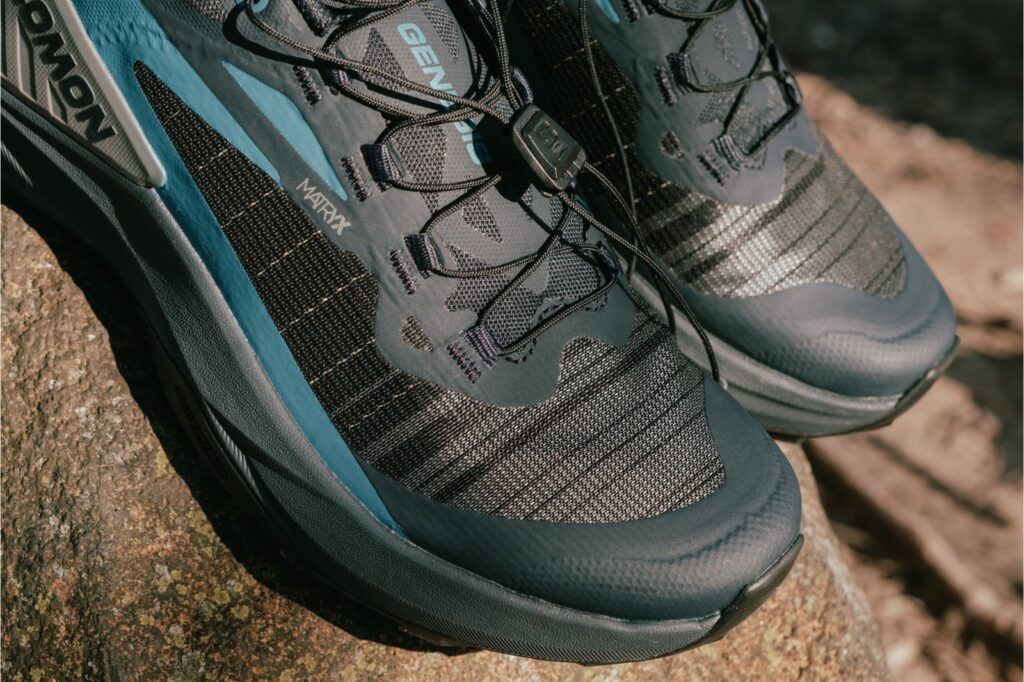
TAYLOR: As I searched for something common for all readers to relate to, I naturally came to a hard stop at Taylor Swift. Whether the name brings disgust or delight to your palate, nobody can argue that the girl has a serious range — from country music star to closing down the clubs. Her versatility is precisely what makes her relevant in dang near any circle. Now, I’m not going to go as far as saying the Salomon Genesis has the same generation-defining impact, but it does have some range itself.
The Genesis’ strength starts in its nailed-down midsole-outsole combination — something we regularly point to as the most important part of a shoe’s versatility. Salomon has always had its outsole on lock thanks to its tried-and-true Contagrip rubber, and the Genesis is no exception. It has 4.5 mm lugs that grip and transition well on many surfaces. From knee-deep snow to midsole thick mud and dry granite, I’ve been over it all with confidence in the Salomon Genesis.
Midsoles, on the other hand, are a relatively new adventure for Salomon. I don’t have to go back many years to find the Sense Ride that first brought a proprietary blend to Salomon’s table. Now, the Energy Foam found in the Genesis is much more modern. It’s lighter, softer, semi-protective, and has a whisper of energy return. Oh, and you’ll find it on the Pulsar Trail Pro 2 and road models like the Aero Volt.
A performance-oriented fit is another one of Salomon’s hallmarks. Yes, that usually means its shoes run a bit slim, and the Genesis isn’t totally exempt from that statement, but I’d say it’s more accommodating than usual. The midfoot and heel are especially generous compared to other Salomon silhouettes. It makes for a more comfortable shoe than I’m used to without tipping the scales all the way to maximum comfort, like the Ultra Glide or Glide Max TR.
The Matryx upper, known for its extreme durability and mapped fit, is another huge statement at this price point. It’s the same material utilized in the S/Lab Genesis and S/Lab Pulsar 2 (both $180-plus shoes). With the mostly “relaxed” fit through the heel and midfoot, I really appreciate knowing that it is not going to be stretched to an even more accommodating fit. It will ensure that the yin and yang relationship of security and comfort won’t be compromised here.

Salomon’s classic Quicklace system ties the package together (get it?) with its secure and adaptable cinching. Once runners figure out how to work the Quicklace system, it’s a really hard fit to beat, even in a world of Boa.
When you mix all the ingredients together, the Salomon Genesis comes out feeling like a crowd-pleaser across all distances and terrains. Its versatility is a strong point, for sure. I was able to run gravel roads to the trailhead and hit technical singletrack without a second thought. That’s a fairly rare combo and one we haven’t seen in a while. I’d compare it to shoes like the Brooks Catamount 3, Merrell Long Sky 2, Norda 001, and Saucony Peregrine 13 if you want a similar flavor. Within Salomon’s own lineup, the Genesis sits somewhere between the Thundercross and Sense ride.
MELISSA: I really appreciate that the Genesis is a digestible and down-to-earth shoe compared to other Salomon offerings, and by that, I mean that it looks less ‘techy’ and less intimidating. I love the colorway and design of the Matryx upper, too. The Genesis has a reinforced toe to protect you from bumps with rocks and hard surfaces, and I love the convenience and secure feel of the quick lace system.
The Genesis line’s defining feature is its Active Chassis technology, which provides more overall stability to the shoe. This model’s midsole has a TPU chassis combined with Energy Foam to offer a balanced and cushioned ride, and I easily felt this stability on the trails. Although I have a wider midfoot that doesn’t work with Salomon’s narrower models, I had no issues with the Genesis and its roomier fit.
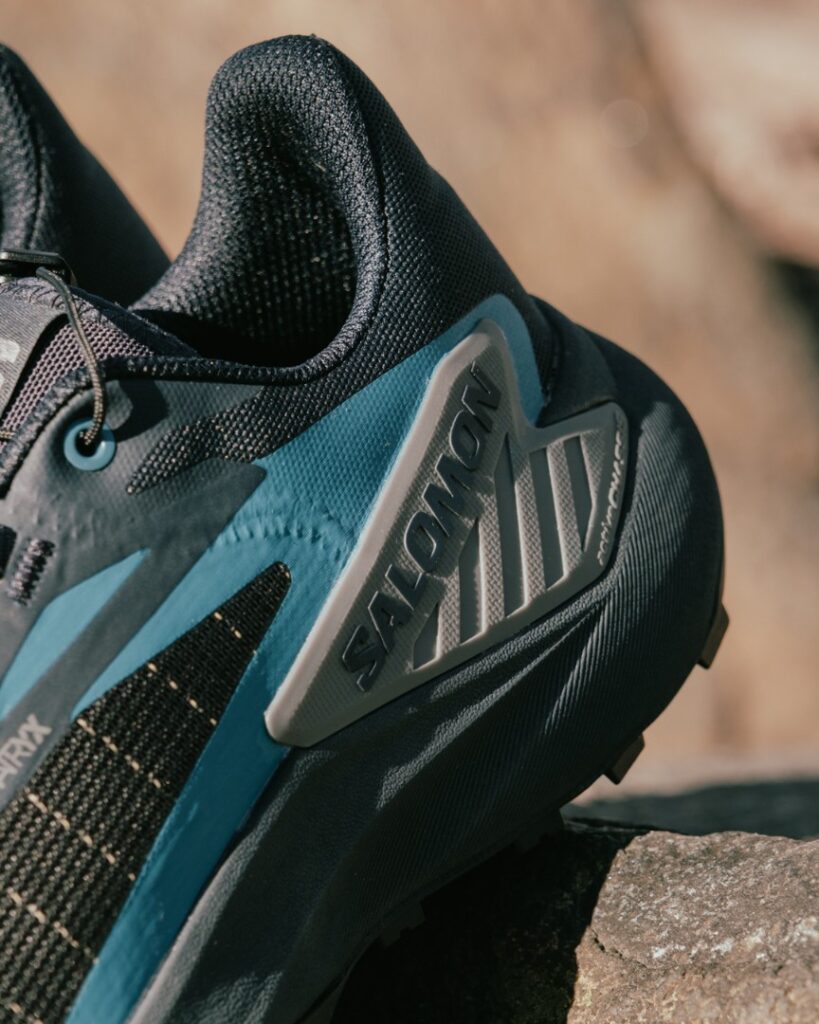

The outsole features Salomon’s Contragrip rubber and 4.5 mm lugs that hold up well on both technical and wet surfaces, even mud.
On the trails, the Salomon Genesis feels great and is comfortable enough to serve as an excellent daily trainer. Given its fit and lightweight feel, I’d even consider this shoe for any race or effort up to 50k distance.
SAM: There really is something special about the fit and construction of the upper in the Salomon Genesis. It has enough room through the midfoot and heel to be comfortable for a wide variety of foot sizes, and the quick lace locks your foot in with almost no effort or fiddling. The Matryx material — a proprietary fabric made of “individually coated polyamide and Kevlar yarns” — is the new standard in performance footwear. Here, it manages to be both absurdly durable and plenty breathable. The woven pattern in the sidewalls is attractive, too.
“Extra room” is often a naughty word when talking about a shoe’s technical prowess, but the Genesis fits securely and is nimble underfoot. Of course, much of that nimbleness is due to the Energy Foam midsole and Contagrip outsole combination, not just the upper. The chassis Melissa talked about above gives the shoe stability without extra width, and I sped over a few particularly technical sections of the Appalachian Trail in Maryland with a confidence that, frankly, surprised me.
The Energy Foam in the Genesis is just slightly firmer than what I’ve found in Salomon’s road lineup but is much softer than when it was deployed in the Pulsar Trail. Even though it feels more forgiving underfoot, it somehow feels a little more responsive than the Pulsar Trail too. Below the Energy Foam is an ever-reliable Contagrip outsole with 4.5 mm lugs. It’s beautifully grippy on all kinds of surfaces — I even had decent luck on snow and ice.
Shop Salomon Genesis - Men Shop Salomon Genesis - Women
TAYLOR: My lone gripe comes from the overall shape of the Salomon Genesis. While the effort to relax the fit for comfort purposes is noticeable in the heel and midfoot, the forefoot has a hard time playing along. My issue isn’t in the fact that it is on the narrow end, I just found it to be a weird transition between the midfoot and toe box. It goes from secure but relaxed to kinda pinchy at the beginning of the toe box.
I will say that the pinchy feeling subsided after a couple of runs, so I had no problems running for a couple of hours at a time without too much awkwardness. If your forefoot tends to need a little wiggle room or you have a bunion, be sure to order with a slight suspicion that the toe box may not work for you.
MELISSA: I love the overall comfort and feeling of this shoe. However, I can still feel a lot of the trail. For this reason, I’m not sure if this would be my choice of shoe for anything over 50k. I think I’d want something with a little more cushion and a rock plate for the longer distances.
Also, I was able to test the outsole in very muddy conditions. Although Salomon brags of a self-cleaning lug pattern, I still found myself collecting mud throughout the run. But, in Salomon’s defense, I haven’t found a shoe that doesn’t weigh two pounds after going through these sticky, muddy sections.
SAM: My concerns straddle a little of what both Taylor and Melissa said above. The toe box is weirdly pinchy. It’s not a volume thing, but more like it feels like it starts to narrow right at the ball of your foot, so everything feels great until you get into a downhill and realize your toes are scrunching up.
It could be me moving through the break-in period of the shoe, but the midsole felt soft and more protective underfoot in my early test miles during some unseasonably warm weather. When I got into some snow and ice on my third run in the Genesis, the midsole really firmed up and lost some of that comfort. If this is part of the normal compression of the Energy Foam, I agree with Melissa that this shoe would be well served by a light rock plate.
Shop Salomon Genesis - Men Shop Salomon Genesis - Women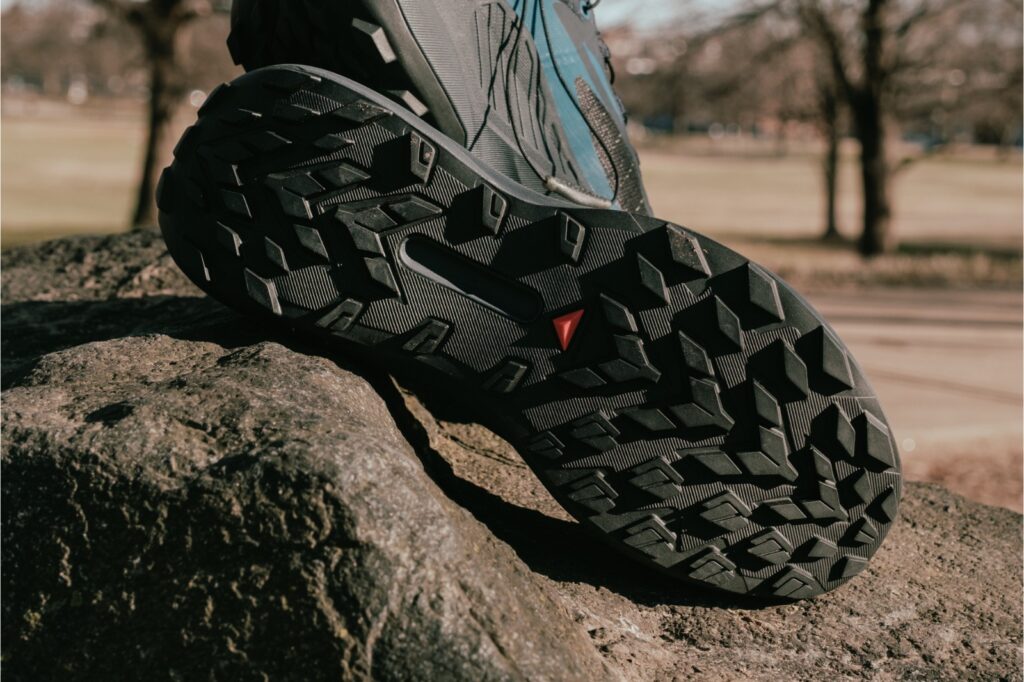
TAYLOR: Overall, the Salomon Genesis is a surprisingly stellar package. It has some of this and some of that and will be a great training companion or race day shoe for any terrain that you want to unleash it on. The Genesis finds a middle ground between performance and comfort without tarnishing Salomon’s technical reputation. It’ll pair nicely with its S/Lab partner for racking up the miles, too. I would also consider the Genesis if you want a do-it-all type of shoe, at least if you can handle the occasional toe jam.
MELISSA: Overall, I found the Genesis to be a solid daily trainer and possibly a race day option for distances up to 50k. It has a great fit and feel and is a very down-to-earth trail running shoe — at least compared to other Salomon models. Given its great price point, this is a shoe I’d see myself giving a try.
SAM: I’m a sucker for a TV show with a good episode naming convention. The most culturally impactful of these naming conventions is probably from Friends, where each episode title began with the words “The One With” or “The One Where.” Friends episodes are instantly identifiable, with the more pivotal episodes like “The One Where Ross and Rachel Take a Break” or “The One Where Everybody Finds Out” sinking deep into the cultural psyche, much like Seinfield’s “The Puffy Shirt” and “The Soup Nazi.”
That’s all to say that if Salomon shoes were named like Friends episodes, the Salomon Genesis might be called “The One Where Salomon Makes an American Shoe.” It doesn’t mean that they haven’t been trending this way for a while, just that they finally got there. The Sense Ride series, the Ultra Glide and Glide Max TR, and the Pulsar series (all of which Taylor mentioned above) have been clear steps towards either the plush, big miles comfort shoes that are raging in popularity now or the snappy, plate-supported speed mavens that get all the press and hype.
But most of those shoes felt a little like Salomon trying to be another company — as good as they were — while the Genesis is something different. With an upper that marries comfort with technical performance and a midsole/outsole combo that is soft yet nimble, you can count me as a fan of this direction from Salomon. This is a friendlier shoe that doesn’t sacrifice performance for comfort and versatility. It’s a really fantastic option for wherever your trails may take you and boasts enough technical prowess that you could deploy it for races shorter than 50K.
You can pick up the Salomon Genesis for $150 from Salomon’s website using the buttons below.
Have something to say? Leave a Comment

Taylor Bodin is a trail and ultra runner living in Estes Park, Colo., with his wife and daughters. As the head of the Dirt Division at Believe in the Run, trail running is pretty much the only hobby he can manage right now and loves it. Every so often, he will pop off a race or FKT attempt because competition is pure and the original motivator for him getting into running anyway.
More from Taylor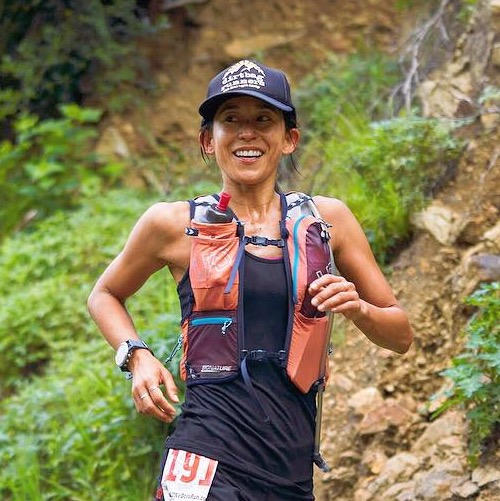
East Coast raised and West Coast trained, Melissa truly enjoys running, especially ultra distances. She currently lives on the Southern California coast and can be found exploring Santa Barbara front country on the weekends.
All-time favorite shoes: HOKA Clifton, Nike Vaporfly NEXT %, Altra Lone Peak
More from Melissa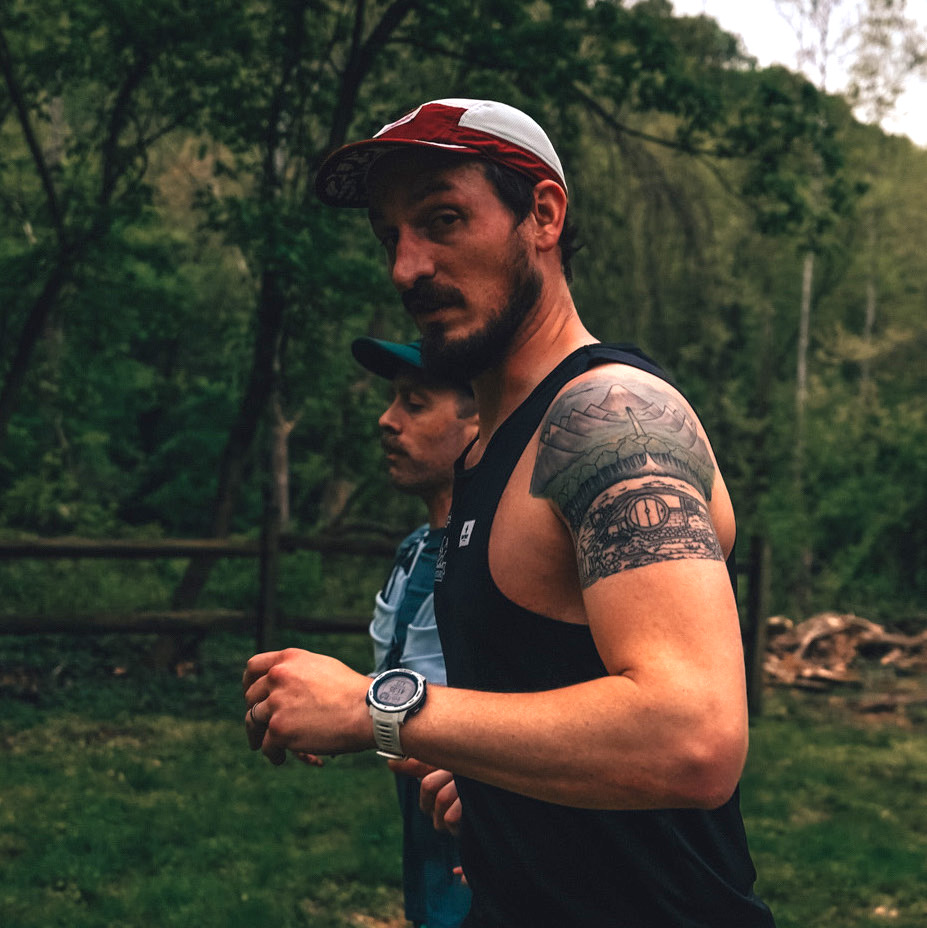
Sam lives in Baltimore with his wife and two kids and spends his days fixing espresso machines for Ceremony Coffee Roasters. He runs with the Faster Bastards when he can, races ultras, and has been working on completing the AT section by section. He thinks the best days are made of long miles on nasty trails, but that a good surf session, a really stunning book, or a day of board games are pretty all right too.
All-time favorite shoes: Saucony Xodus Ultra, Topo Athletic Ultraventure 3, Altra Lone Peak
More from Sam